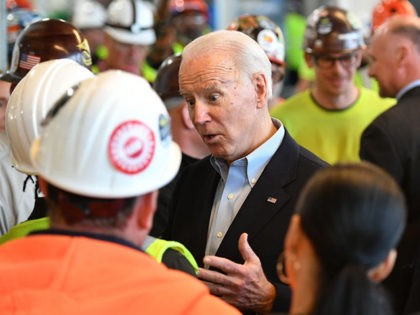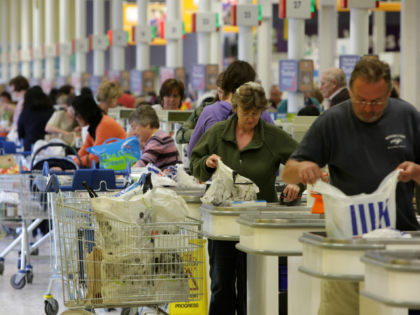U.S. Factory Growth Hit By Bidenflation Surge and Omicron Wave
Inflation, omicron-linked absenteeism, and weaker demand all hurt growth in the first month of 2022.

Inflation, omicron-linked absenteeism, and weaker demand all hurt growth in the first month of 2022.

Inflation, supply chain disruptions, quarantines, and soaring virus cases have brought the U.S. economy to a near standstill at the start of the year.

Demand fell as customers worked through inventory backlogs. Shortages continue to hinder the ability of manufacturers to produce finished goods.

All 17 subsectors of the American economy’s services side experienced rising prices in July.

Shortages of supplies and labor are pushing prices higher and stifling growth in the services sector.

There are signs that the economy is at risk of overheating as demand outraces supply that to Biden’s huge deficit spending bill.

The strength of the U.S. economy as it reopens may become a stumbling block for the Biden administration’s big spending plans—which were partially based on the idea that the economy would need government aid to continue to grow.

A dismal result from a survey of U.S. businesses indicates a slump in the service sector due to the coronavirus outbreak.

Britons are feeling the most optimistic in their domestic financial wellbeing for 11 years, in the latest sign of confidence since Boris Johnson won the election and the UK left the EU.

U.S. companies are adding workers as optimism rises. The service sector is growing rapidly while manufacturing growth still lags.

The manufacturing sector is no longer hurtling toward a deep contraction but conflicting reports on Monday leave question of growth open.

The Permian Basin, already considered a major force among the world’s oil producers, will double its output to reach 5.4 million barrels per day (mbd) by 2023, according to a report released Wednesday.
